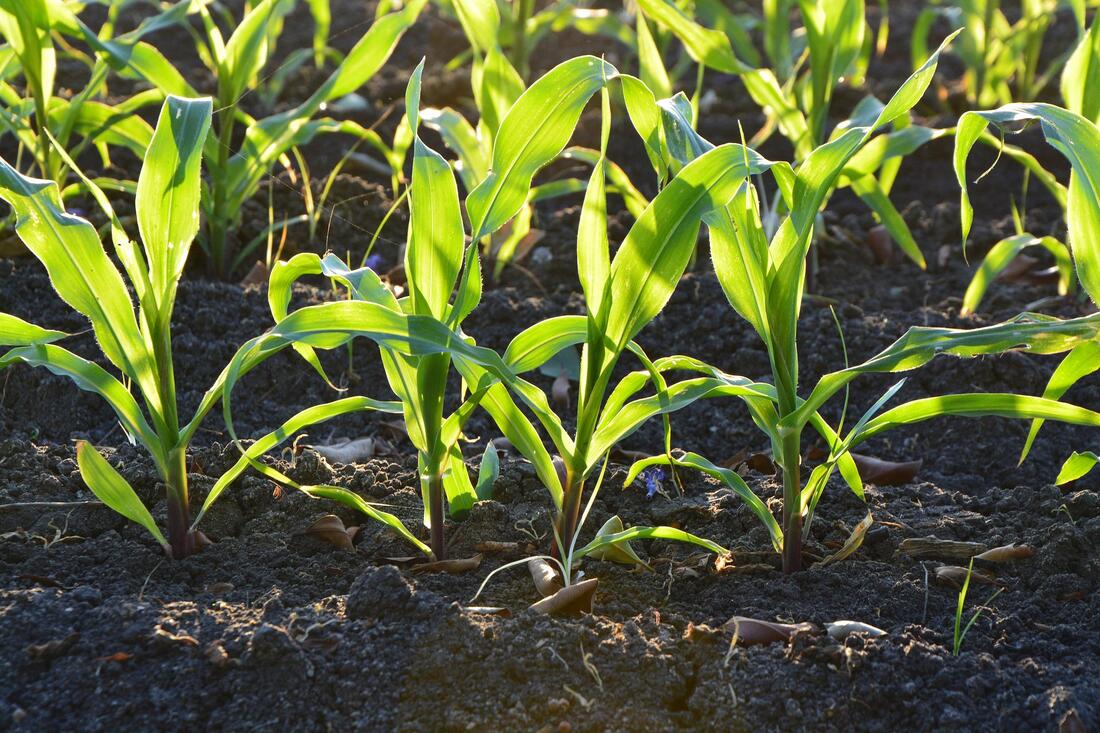How to Grow and Care for Sweet Corn
Growing corn in the home garden isn't difficult, but it does require plenty of space. Not only does corn need room between rows for easy cultivation, it must be planted in multiple rows for adequate pollination. Typically, at least two to four 10-foot rows in recommended.
Sunlight/Location
Corn prefers a sunny location with all-day sun if possible, but can be planted in any area that receives at least 6 to 8 hours of direct sunlight a day. Keep in mind that corn grown in less sunlight often produces smaller and fewer ears than corn grown in full-day sun.
Soil
Corn prefers loose, fertile, slightly acidic soil with a pH between 5.6 and 6.2.. Amend the soil with a 2- to 4-inch layer of organic matter such as compost or well-rotted manure before planting. Work the organic matter into the top six inches of the soil with a garden tiller. Apply 5-10-10 fertilizer according to the application rate on the container and work it into the soil well to avoid injury to seeds or young plants.
Soaking Corn Seeds Before Planting
Corn will germinate on its own, but many gardeners prefer to soak the seeds over night in lukewarm water to speed germination. Place the kernels in a large bowl or bucket and cover them with tepid water. Make sure the water is twice as deep as the level of the corn seeds and allow plenty of room in the container as the seeds will double in size as they absorb the water.
Plant Corn Seeds When the Soil Warms
Plant corn seeds when all danger of frost has passed in your area and the soil has warmed to at least 50 degrees F. Corn planted in soil with a temperature between 50 and 55 degrees may take three weeks to germinate, whereas corn germinates in 70 degree soil in approximately a week to 10 days. For this reason, waiting an extra week or two for the soil to warm is generally advised.
Several Short Rows Are Better than One Long One
Plant the corn seeds in several short rows, instead of one long one to increase pollination, says AgriLife Extension. Plant the seeds to a depth of 1 inch spaced 3 to 4 inches apart in the row. Thin them to 12 inches apart once the seedlings are 2 to 3 inches tall. While it may be tempting to plant them closer, corn that is planted too closely may not pollenate well and the ears will not fill out as expected.
Fertilizing Corn
Apply 10-10-10 fertilizer at planting time by mixing 2 to 3 pounds of fertilizer per 100 square feet of garending area and working it into the top 3 to 4 inches of the existing soil.
Sidedress your corn when it is about 2 feet tall with one cup of 10-10-10 fertilizer per 10 feet of row. Sprinkle the fertilizer along the row and work it into the soil woth a hoe.
Watering Corn
Corn prefers 1 to 2 inches of water a week. If you don't get enough rain, you will need to give your corn supplemental water. Water it deeply once or twice a week or when the soil feels dry 1 to 2 inches below the surface.
Harvesting Corn
Harvest corn when the ears are plump and firm. Typically, dark and shriveled "silk" indicates that the ear is ripe for picking. Use corn immediately after picking to retain the best flavor, as the sugar content decreases rapidly in corn once it is harvested.
Preserving Corn
Blanch whole ears of corn in boiling water for two minutes and then plunge into ice water to cool thoroughly. Place in freezer bags and seal tightly. To use frozen corn, boil in water until the kernels are crisp tender.
